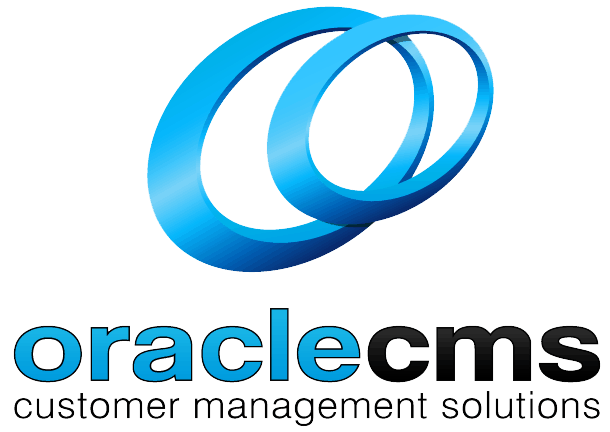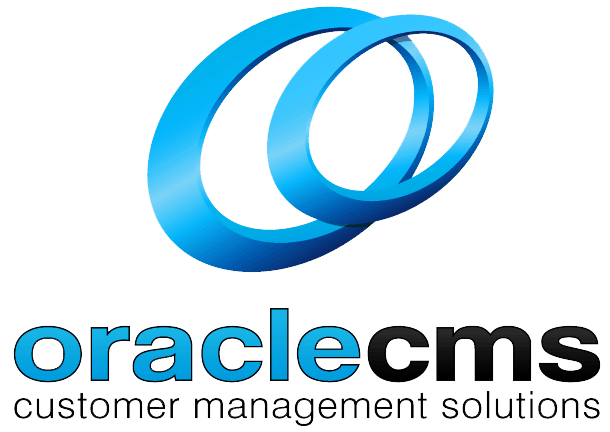What is GOS? (Grade of Service)
Grade of Service (GOS) is a key metric in the context of telecommunications and contact centres. It quantifies the level of service quality experienced by callers or users attempting to access a service. GOS is typically expressed as a ratio or percentage and represents the probability of a caller receiving immediate service or experiencing a specified level of delay when making a call or request. A lower GOS value indicates higher service quality, as it signifies shorter wait times and quicker access to the desired service. GOS is a vital performance measure for assessing and optimizing telecommunications networks and contact centre operations.
What is the industry average Grade of Service target for call centres?
The industry average Grade of Service (GOS) target for call centres can vary depending on the sector, customer expectations, and service objectives. However, a common target is to maintain a GOS close to 80% to 90%. This means that approximately 80% to 90% of incoming calls are answered within a specified time frame, typically expressed in seconds.
Is there any industry data on GOS?
Various industry-specific benchmarks and data sources provide insights into GOS performance. These resources offer comparative data on GOS targets and achievements across different sectors, helping organizations assess their performance against industry standards.
How do you calculate the resources you need to achieve the required Grade of Service?
Calculating the necessary resources to achieve a specific Grade of Service (GOS) target involves considering factors like call volume, call handling time, and agent availability. Organizations often use workforce management tools, such as the Erlang Calculator, and mathematical models to determine the staffing levels required to meet their GOS goals.
What are the risks of using a Grade of Service Target?
While GOS targets are valuable for ensuring service quality, there are potential risks associated with them. Setting overly aggressive GOS targets can strain resources, lead to agent burnout, and negatively impact customer satisfaction. It’s crucial to strike a balance between achieving high GOS and maintaining a sustainable, efficient operation.


